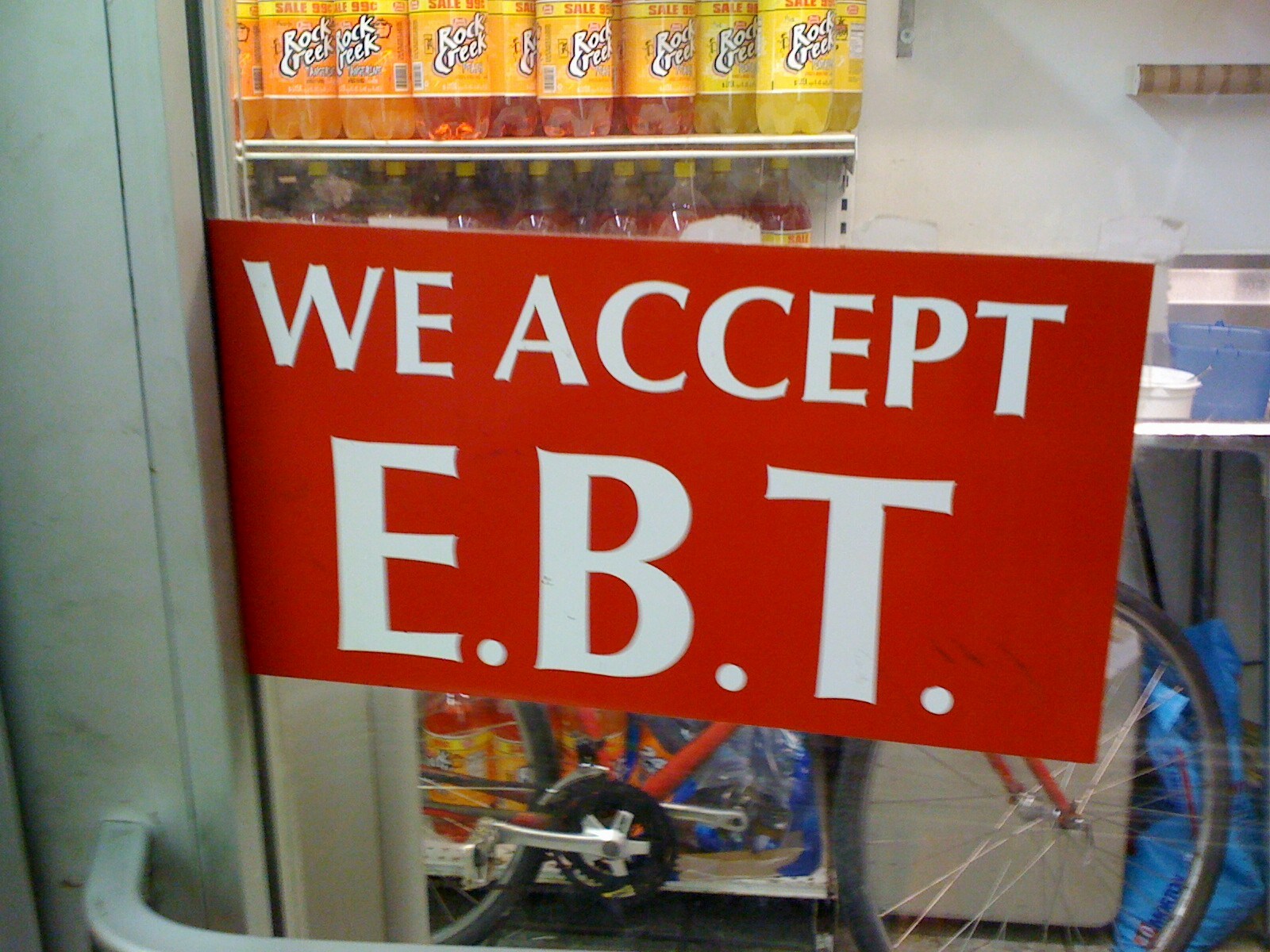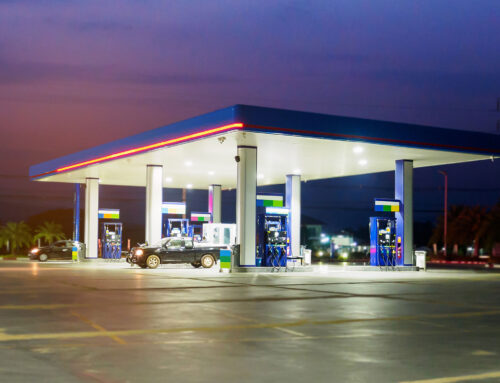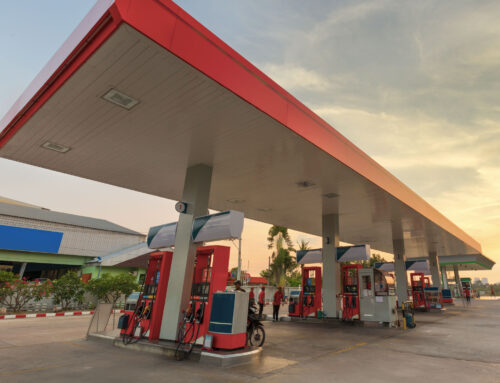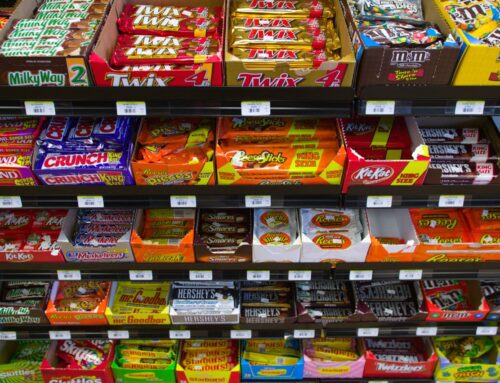Fuel stations that don’t accept federal benefits cards could be missing out on an opportunity to grow grocery revenues.
Each year, about 42 million Americans receive benefits to buy food through the federal Supplemental Nutrition Assistance Program or SNAP program. Historically, this program has also been known as food stamps, because in the pre-digital age recipients were given books of paper stamps to redeem at stores for food.
Since the 1990s, states have issued Electronic Benefits Transfer (EBT) cards, similar to debit cards, instead of paper stamps. Today, all SNAP benefits are delivered electronically.
To accept EBT cards, a merchant must submit an application that details information about the store’s owners and detail about the categories, variety and stocking levels of food items in the stores. The merchant is then either approved or denied for the SNAP program. There are nearly 240,000 authorized retailers nationwide.
SNAP Restrictions
It’s important to note that SNAP benefits can be spent only on approved food items. Users can’t buy gasoline, tobacco products, alcohol, lottery tickets or prepared food with the cards.
The benefits are limited to food that the buyer must take home and prepare and some household items. So stores that have meat, produce, seafood and packaged food products could serve regular shoppers better and add new customers. Acceptable items include common snack foods like bags of chips and groceries that can be eaten without additional preparation such as fresh fruit and cheese.
EBT cards won’t work at coffee shops or restaurants because the food is prepared for consumption on site. That means they won’t work at delis, pizza and sandwich shops or food counters inside gas stations. If a user tries to purchase an item that’s not allowed, the purchase will be declined.
Company-owned and franchise fuel stations may be set up to accept EBT cards through their corporate card-processing vendor. Individually owned stations must apply directly to accept EBT cards.
EBT transactions are identical to other payment card types. The user swipes the card and enters the PIN. Depending on state regulations, sales taxes are not added to EBT transactions.
Stores can increase sales by serving the customer base that uses the SNAP EBT cards to purchase groceries on a regular basis. Many stations will display signage that lets customers know the cards are welcome in the store.
A growing customer base
SNAP benefits are based on the household’s income and the size of the household. Household income must be at or below 130 percent of the poverty line. For a family of three, the income will be about $27,000 a year. Nearly half of all SNAP participants are children. If you want to know if accepting EBT cards would be worthwhile, look up the number of recipients on a state-by-state basis.
If you’d like to set up your store to accept SNAP funding on EBT cards, the experts at FFS are ready to help you get started. Contact FFS today!






